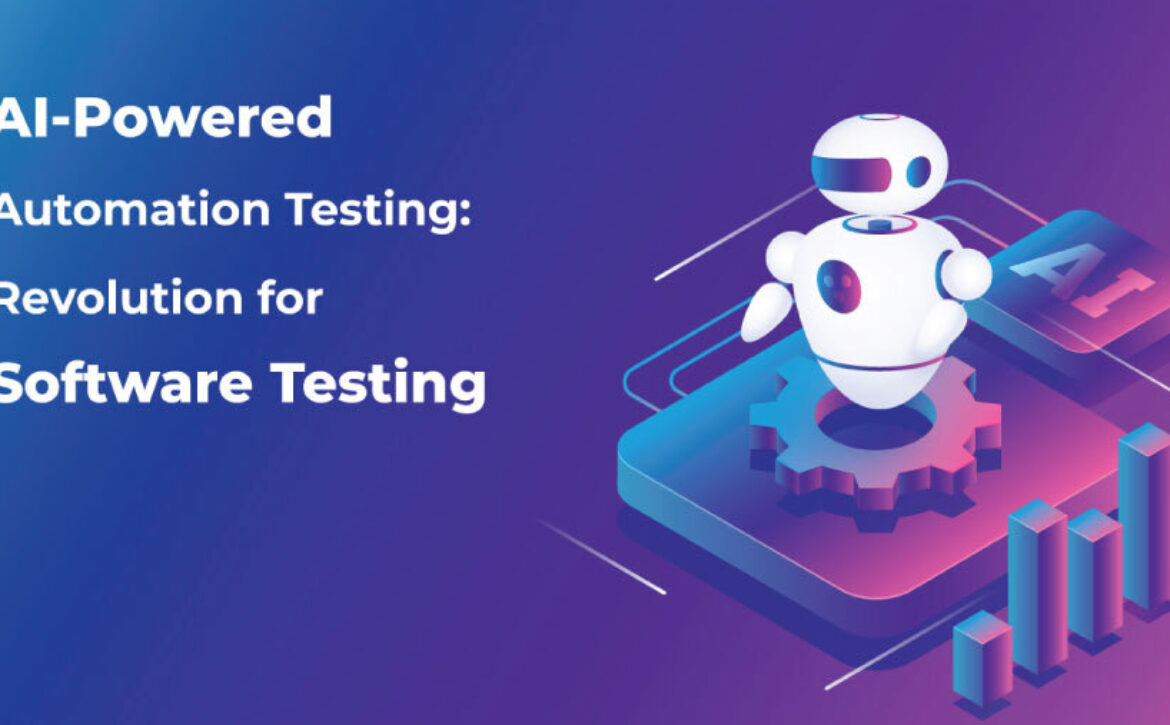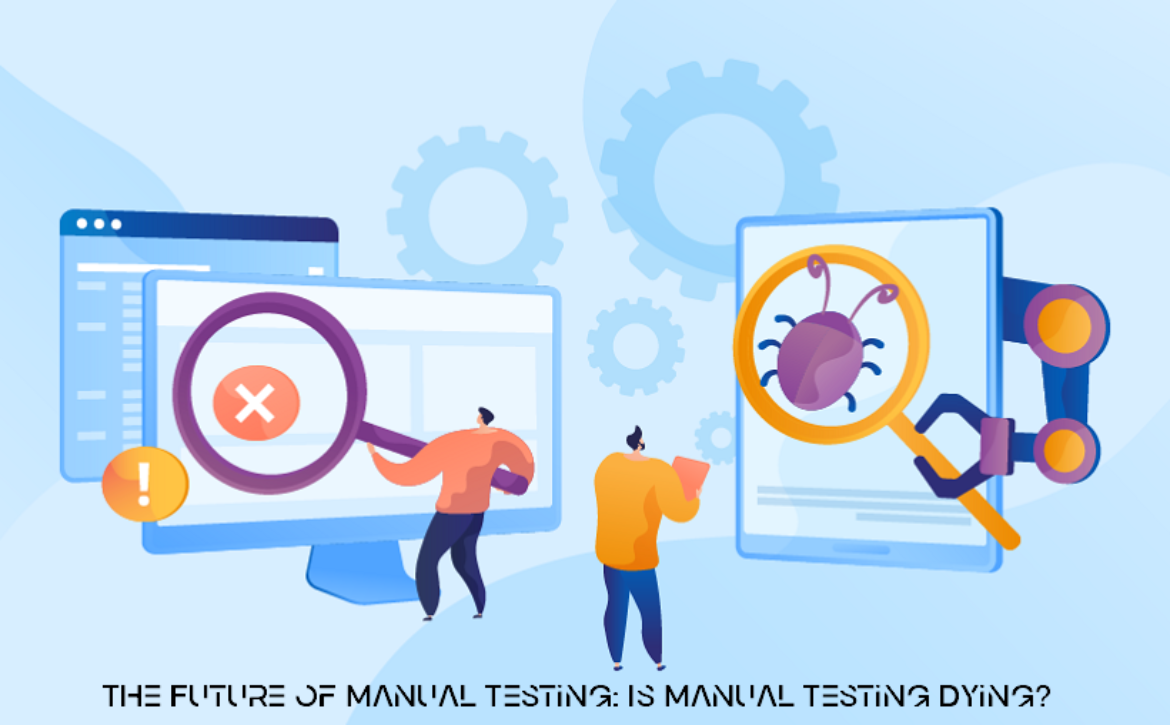What is Smoke Testing in Software Development?
As a software testing technique, smoke testing basically finds out if the Development team’s latest build is bug-free or not. It means the QA team can continue with their testing now.
It is a set of tests run on every build that is received during the software development life cycle to evaluate if it is healthy; it goes by several names: Confidence Testing, Build Verification, and Build Promotion Testing.
To put it plainly, smoke tests ensure that the build is free of showstopper errors that could block the entire testing team and that the most crucial functionalities function as meant. It aids in determining whether the build is defective, which in turn saves time and energy for the whole team.
When Smoke Tests Are Required?
———————————–
Identifying bugs in the later phases of the software development lifecycle leads to significantly higher costs. Identifying problems at an early stage conserves time and resources, ultimately reducing the overall development costs. Resolving a bug is usually simpler and quicker during the early phases of development than in the later stages.
Smoke tests assist DevOps teams in pinpointing and addressing problems prior to impacting users by running a set of established tests on a build. The software’s features are protected by its primary defense, which identifies significant errors.
How many different types of smoke testing exist?
———————————–
There are various forms of smoke testing, such as:
Manual smoke testing: Testing for smoke by hand. Manually doing smoke tests is the domain of human software testers. Creating and revising test cases by hand is part of this process. Both new and current features also require hand-written test scripts.
Automated smoke testing: Smoke testing that is automated. Automating the smoke testing procedure is done using software tools. By automatically generating appropriate tests, smoke testing solutions streamline the testing process.
Hybrid smoke testing: Evaluation of smoke using a hybrid approach. By combining manual and automated smoke testing, testers in hybrid testing create test cases and then use a tool to automate the tests.
Daily Smoke Testing: Doing smoke tests on a daily basis is known as daily smoke testing. This is especially true for projects that involve continuous integration and frequent builds in the development process. It helps guarantee that every daily build meets minimum quality standards.
Acceptance Smoke Testing: The purpose of acceptance smoke testing is to determine whether a built application meets the minimum requirements set out by stakeholders or clients. In most cases, it occurs before more comprehensive acceptability testing.
UI Smoke Testing: This kind of testing solely targets the parts of an application that interact with the user. To make sure the most basic parts of the user interface are working properly, it runs a test.
How do we perform Smoke Testing?
———————————–
- Consider using either automated, hybrid, or manual testing. It is usual practice to run manual tests initially, and then automate them when the smoke test has been expanded.
- Construct test cases. The number of test cases required for each core product feature should be communicated to QA testers. The requirements and standards of the software and the organization should dictate the pass/fail metrics.
- Make the smoke checks. Develop the test suites by hand or with the help of automated tools.
- Conduct and document testing. It is important for testers to have a system in place to record the findings of each smoke test as they run. The process can be run manually or automatically.
- Study the outcomes of the smoke test. When software doesn’t work as expected, it’s sent back to the developers for further testing. More extensive functional testing can begin after it passes.
It is the testers’ responsibility to draft and revise smoke tests for manual testing. Every need is met by tailoring the scripts by hand. Automated smoke tests make use of supplementary technologies to swiftly test essential functionalities. A tester writes the test cases for hybrid smoke tests, which use automated technologies for smoke testing but also incorporate human testing logic.
Benefits of Smoke Testing
———————————–
Smoke testing finds important problems and guarantees that only stable constructions move on more thorough testing during the development stage. These are the key advantages.
- Early detection of critical problems: Smoke testing saves time for more comprehensive examinations of damaged construction. Engineers can concentrate on first addressing basic issues before advancing.
- Faster Response: Smoke testing gives developers quick responses on application functionality. Early problem solving by developers accelerates the process of development.
- Improves Test Planning: Smoke testing identifies the crucial components of the application requiring more thorough attention in test design. By properly planning their next tests and making sure their efforts concentrate where they are most required, testers help to guarantee that.
- Reduced Integration Complexity: Early identification of integration issues via smoke testing guarantees basic component cooperation and lessening of integration complexity. This makes the latter integration process more smooth and lowers the possibility of issues as the system grows.
- Increases Overall Testing Effectiveness: Before comprehensive testing starts, smoke testing guarantees that necessary components run as they should. Verifying the integrity of the fundamental system helps teams to concentrate on more complex problems with more confidence and lowers the possibility of mistakes during more advanced tests.
Pitfalls of Smoke Testing
———————————–
Although making sure a system is operating as intended depends on smoke testing, it is not without challenges and restrictions.
- Limited Test Coverage: Smoke tests mainly target important aspects and do not look at the complete application. This can help to overlook less apparent defects.
- Time Restrictions: Although smoke testing is supposed to be rapid, you may find yourself missing some crucial problems if under tremendous pressure to finish it fast.
- Dependency on Stable Builds: One must rely on a stable build if smoke testing is to produce meaningful findings. Frequent partial builds or building faults can affect the testing process.
- Variations in environments: Such as development, staging, and production—may be unseen until later phases, therefore highlighting our seventh point: environment-specific issues.
- Ignoring non-critical components: Smoke testing runs the risk of missing backend procedures or non-critical elements, thereby hiding flaws in those areas unappreciated.
- Based on Accurate Test Scripts: Inaccurate or poorly crafted smoke test scripts can produce a lack of confidence in the results by means of false positives or negatives.
How to overcome the pitfalls of Smoke Testing?
———————————–
To effectively overcome these pitfalls, it is crucial to adopt a strategic approach to smoke testing and ensure a well-structured testing process. Partnering with the right full-stack development services company will help you overcome these pitfalls and help you grow in the right direction. A professional development team can implement best practices, refine test scripts, and optimize the testing workflow to ensure a stable and reliable software product.
What will happen if smoke testing is skipped?
———————————–
There will be significant financial, time, and resource costs for the whole team if Smoke Tests are not conducted early on and significant problems are discovered later in the software development life cycle. All things considered, these problems can damage the product’s reputation and impact the overall release schedule.
If the Smoke Test Is Negative, What Will Occur?
———————————–
If smoke testing doesn’t work, it means there are major problems with the updated or newly developed software or system. The testing team has decided to halt additional testing and is considering releasing an interim report to address the current difficulties. Developer testing for the next cycle is something they can insist on. To help the development team better understand the issues, you can share the smoke testing test cases with them. This avoids squandering time and resources on an unstable build by addressing major issues early on in the development cycle.
So, a failed smoke test isn’t a failure but rather a helpful feedback mechanism that helps make the software more stable and dependable.
Major Smoke Testing Tools
———————————–
Smoke tests often made use of the following tools:
Mineral Selenium
One popular tool for automating browsers is Selenium. Many languages are supported, including C#, Python, and Java. Automating interactions with web apps and checking that important functions are functioning as expected can be done to generate smoke tests.
Cypress wood
One such contemporary end-to-end testing framework is Cypress, and it was developed with web apps in mind. To facilitate the creation of smoke tests and other sorts of tests, it offers a user-friendly API. Cypress provides an interactive test runner, time-travel debugging, and real-time reloading.
TestNG and JUnit
A number of well-known testing frameworks exist for Java programs. The ability to create and run tests, including smoke tests, is provided by them. With these frameworks, you may make smoke tests that are both simple and speedy.
Python Test
Python programs can be tested with PyTest. Its simplicity and extensibility have made it famous. To make sure your Python app’s essential features are functioning properly, you can use PyTest to create smoke tests.
Postman
A lot of people use Postman to test APIs. By making use of request verification and response creation, you may build smoke tests for your APIs. Postman provides an intuitive environment in which to build assertions and API requests.
Jest
When it comes to testing JavaScript applications, especially those built using the React framework, Jest is a popular choice. Components can have their rendering and behavior checked with smoke tests.
UI Soap
If you work with APIs and web services, you should check out SoapUI, a tool that lets you design and run smoke tests for RESTful and SOAP APIs. The testing options it provides are extensive, and they include data-driven testing and assertions.
Robotic System
When it comes to testing APIs and websites, Robot Framework is your go-to generic automation framework. It supports numerous test libraries and employs a keyword-driven approach. It has several potential uses, one of which is the generation of smoke tests.
The Gatling
Smoke tests can also be created using Gatling, a tool for performance testing. It works well for evaluating how well web apps handle loads and general performance.
Automation frameworks
While not designed for use in the creation of smoke tests per se, continuous integration (CI) systems can automate their execution as a component of a development pipeline.
Your use case, programming language, and technology stack will determine which tool is the “best” fit. Before deciding on a tool, be sure to check its features, community support, and project compatibility.
Conclusion
Smoke testing is a crucial step in software development, ensuring that each build is stable before further testing. By identifying significant issues early, it helps save time, resources, and effort for the entire development team. Whether manual, automated, or hybrid, smoke testing is key in maintaining software quality and streamlining the development process. Implementing efficient smoke testing practices not only enhances product reliability but also improves overall development efficiency. For major businesses, incorporating robust smoke testing ensures seamless integration and a smooth user experience, ultimately leading to a high-quality final product.










